Provider Diversity Matters in Patient Outcomes
A recent study published in the American Economic Review highlighted the potential of creating a more ethnically diverse workforce. The study, conducted in Oakland, California, showed that African American men were more likely to agree to preventive services after meeting with an African American doctor. The study authors concluded that increasing the number of black doctors could reduce gaps in black-white mortality by 19%.
CREATING A DIVERSE HEALTHCARE WORKFORCE
A diverse country needs ethnically and socioeconomically diverse doctors. Teaching hospitals play a critical role in our healthcare system by providing exceptional medical care and helping to catalyze medical innovation. The Association of American Medical Colleges (AAMC), a large network consisting of over 150 medical schools, 400 teaching hospitals and nearly 80 academic societies, has created an educational framework to help medical schools increase diversity in healthcare.
The overwhelming majority of medical schools and teaching hospitals have diversity initiatives, and the class of 2021 was the most ethnically and racially diverse yet. Geographic and socioeconomic diversity remains a challenge. Only 5% of medical school matriculants are from rural counties and only 5% come from families in the lowest 20% by income. In the medium term, the focus on ethnic and racial diversity will be matched by geographical and socioeconomic considerations.
As the medical students become more diverse, schools’ curricula are being redesigned to embed racial considerations. In 2022, spurred by students, the Jacobs School of Medicine and Biomedical Sciences at the University at Buffalo introduced a new medical curriculum with antiracism at its core. Rather than relegate the issue to stand-alone courses, the Jacobs School integrates antiracism holistically, highlighting the theme across all educational settings.
Academic medical institutions should be a driver of economic development in underserved communities. Beyond creating career paths for students, they are an engine of economic growth and opportunity by attracting startups, labs and other new businesses. Medical schools can improve the health of citizens and the local economy at the same time.
Allison Brashear, MD, MBA
Vice President for Health Sciences and Dean of the Jacobs School of Medicine and Biomedical Sciences
